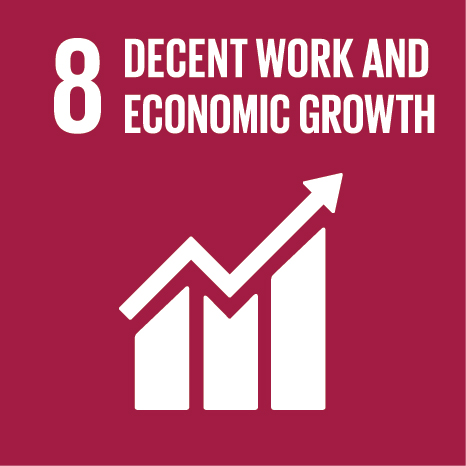Ciência_Iscte
Publications
Publication Detailed Description
Journal Title
Service Industries Journal
Year (definitive publication)
2025
Language
English
Country
United Kingdom
More Information
Web of Science®
Scopus
Google Scholar
This publication is not indexed in Overton
Alternative Titles
(Chinese) 利益与风险:使用机器人顾问的行为模型
Abstract
This research aims to propose and analyze a novel behavioral model for using robo-advisors grounded on stimulus–organism–response and decision theory. Data (n = 596) were collected from a panel of US participants. The findings contribute to the financial services arena by demonstrating the relevance of customers’ perceptions of robo-advisors’ benefits and risks, particularly fear of losing money and wasting time. Greater or lesser ease in learning to use the robo-advisor and the perception of safety are the stimuli for customers to cognitively assess the balance between the risks and benefits of using the robo-advisor. Younger customers are more likely than older customers to recommend the robo-advisor to others, and male users tend to have more confidence than female users in their use of the service. Thus, robo-advisors need to learn how to adapt to different customer profiles to customize the service and to increase the perception of security and ease of use.
Acknowledgements
--
Keywords
Benefit,Risk,Loyalty,Word-of mouth,Robo-advisor
Fields of Science and Technology Classification
- Economics and Business - Social Sciences
Funding Records
| Funding Reference | Funding Entity |
|---|---|
| PID2019-105468RB-I00 | Spanish Ministry of Economy and Competitiveness |
| LMP51_21 | Government of Aragon |
| BOA CUS/581/2020 | Government of Aragon (Group "METODO") |
| S20_20R | Government of Aragon (Group "METODO") |
Contributions to the Sustainable Development Goals of the United Nations
With the objective to increase the research activity directed towards the achievement of the United Nations 2030 Sustainable Development Goals, the possibility of associating scientific publications with the Sustainable Development Goals is now available in Ciência_Iscte. These are the Sustainable Development Goals identified by the author(s) for this publication. For more detailed information on the Sustainable Development Goals, click here.

 Português
Português



